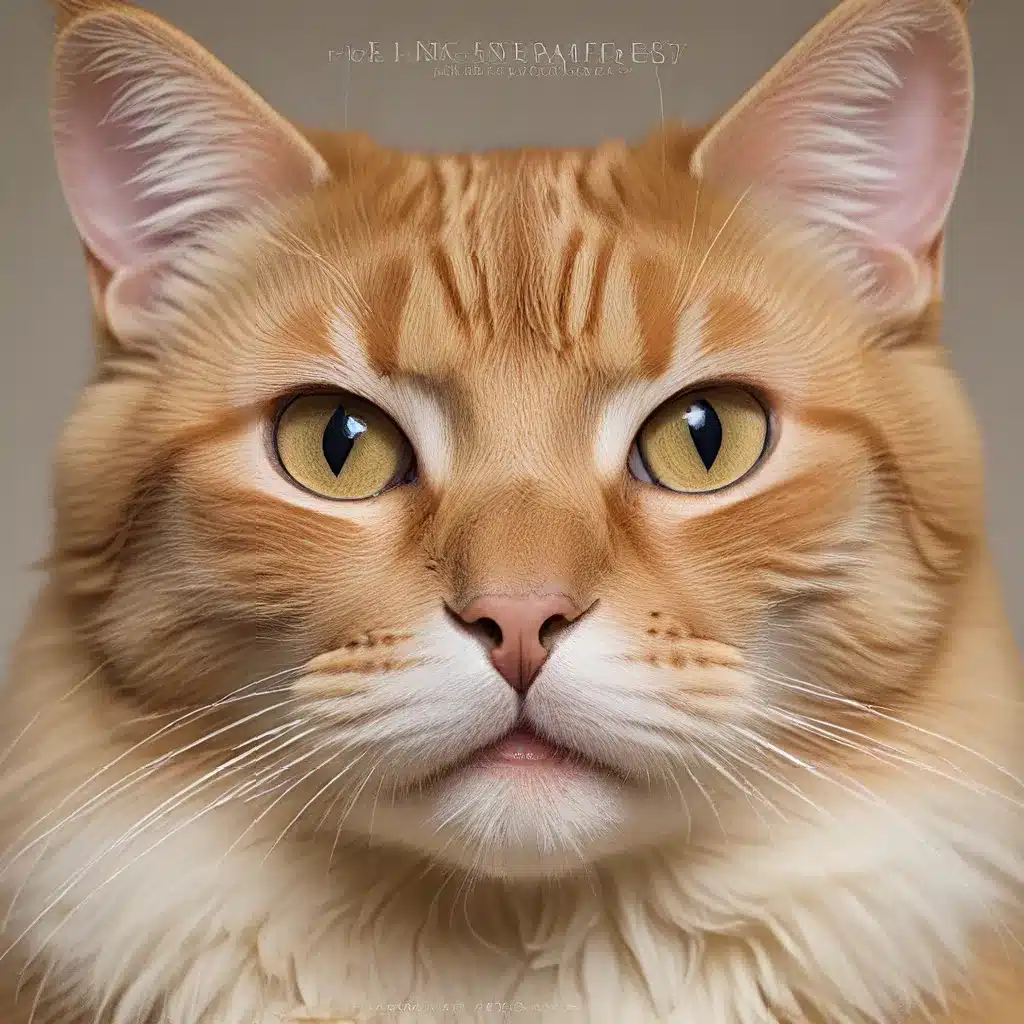
Cats have long been a source of fascination and inspiration for artists of all mediums. With their striking features, expressive eyes, and captivating personalities, capturing the essence of a feline on canvas or paper can be a true challenge and a rewarding creative pursuit. In this comprehensive guide, we’ll explore the art of drawing and painting cat portraits, unveiling the techniques, materials, and strategies that can help you bring your feline subjects to life with feline finesse.
Unleashing Your Inner Cat Whisperer
Crafting a convincing cat portrait begins with understanding the unique anatomy and characteristics of these beloved animals. Cats are known for their graceful movements, keen senses, and independent personalities, all of which must be carefully observed and translated onto the canvas or paper.
Start by studying the basic feline features: the triangular head, the large, expressive eyes, the delicate whiskers, and the sleek, muscular body. Pay close attention to the proportions and angles of these elements, as they can greatly impact the realism and likeness of your subject.
Observing cats in their natural environments can provide invaluable insights into their body language and facial expressions. Notice how their ears perk up when alert, how their tails twitch when they’re playful, and how their eyes can convey a range of emotions, from contentment to mischief.
Mastering the Feline Form
Once you’ve honed your understanding of feline anatomy and behavior, it’s time to put your skills to the test. When drawing or painting a cat portrait, the composition and perspective are crucial elements to consider.
Experiment with different angles and viewpoints to capture the unique personality of your subject. A close-up shot may emphasize the captivating eyes, while a three-quarter view can showcase the graceful curves of the cat’s body. Experiment with pose and movement to create a dynamic and engaging composition.
Pay close attention to the details that make each cat unique, such as unique markings, fur patterns, or quirky expressions. These distinctive features can help you personalize your portrait and capture the individuality of your feline subject.
Mastering the Mediums
When it comes to the materials you choose, the possibilities are endless. From traditional media like pencils, charcoal, and paint to digital tools and mixed media techniques, the versatility of the artistic process allows you to explore and find the perfect approach for your artistic vision.
| Medium | Advantages | Considerations |
|---|---|---|
| Pencils |
– Versatile for detailed line work and shading – Easy to blend and create soft, subtle tones – Allows for precise control and accuracy |
– Requires patience and attention to detail – Limited range of tones compared to paint |
| Acrylic Paint |
– Dries quickly, allowing for layering and experimentation – Vibrant and bold colors can capture the essence of a cat – Versatile for both realistic and abstract styles |
– Requires a learning curve to master blending and handling – Can be less forgiving than other media |
| Digital Art |
– Offers a wide range of tools and flexibility – Allows for easy experimentation and revisions – Enables the creation of high-quality, detailed images |
– Requires a certain level of technical skill and software knowledge – Can lack the tactile experience of traditional media |
Regardless of your chosen medium, experiment and find the one that best suits your artistic style and the specific needs of your cat portrait. Remember, the joy of the creative process lies in the exploration and discovery** of what works best for you.
Capturing the Essence of Feline Personality
Cats are known for their unique personalities, ranging from the aloof and independent to the playful and affectionate. As an artist, your challenge is to capture the essence of your feline subject and breathe life into your portrait.
One effective approach is to observe your cat subject closely and identify its dominant personality traits. Is your cat curious and adventurous, or calm and regal? Pay attention to its body language, facial expressions, and interactions with its environment to gain a deeper understanding of its unique character.
Once you’ve identified the key personality traits, incorporate them into your artwork through strategic use of color, brushstrokes, and composition. A mischievous cat may be depicted with playful and energetic brushwork, while a serene feline could be rendered with soft, flowing strokes and subdued hues.
Remember, the true magic of a captivating cat portrait lies in its ability to evoke an emotional response from the viewer. By capturing the essence of your feline subject, you can inspire awe, delight, and a deeper connection with the subject matter.
Unleash Your Creativity with Feline Finesse
Mastering the art of drawing and painting cat portraits is a rewarding and fulfilling creative journey. By understanding feline anatomy, observing their unique personalities, and experimenting with a variety of artistic mediums, you can unleash your inner cat whisperer and create captivating works of art that celebrate the beauty and charm of our feline companions.
So, grab your pencils, paints, or digital tools, and embark on a feline-inspired adventure. The world of cat portraiture awaits your artistic touch. Happy creating!
And be sure to visit Pencil and Paint Muse for more inspiring content and resources for artists of all skill levels.